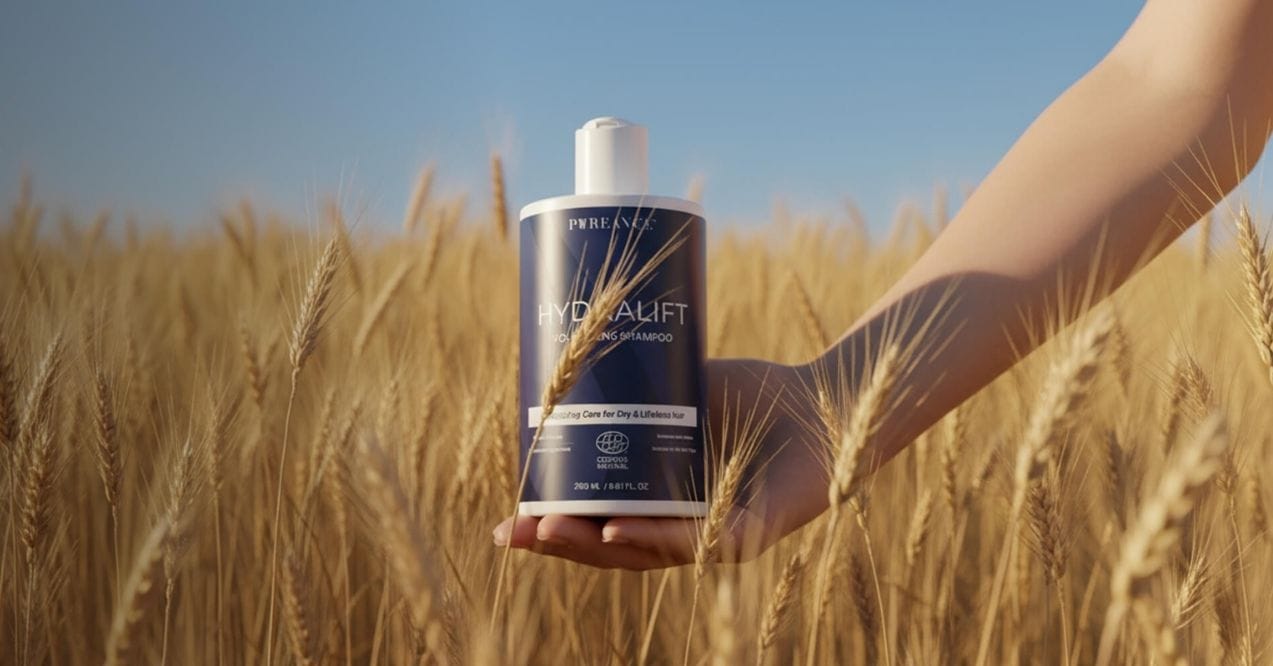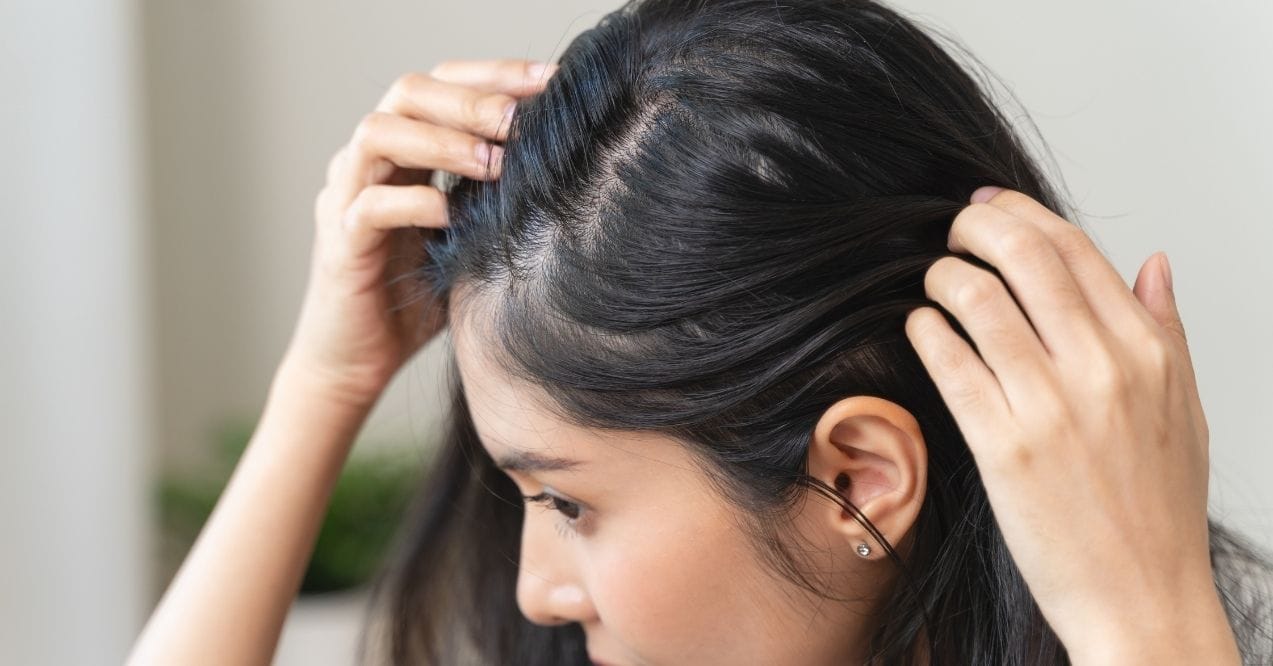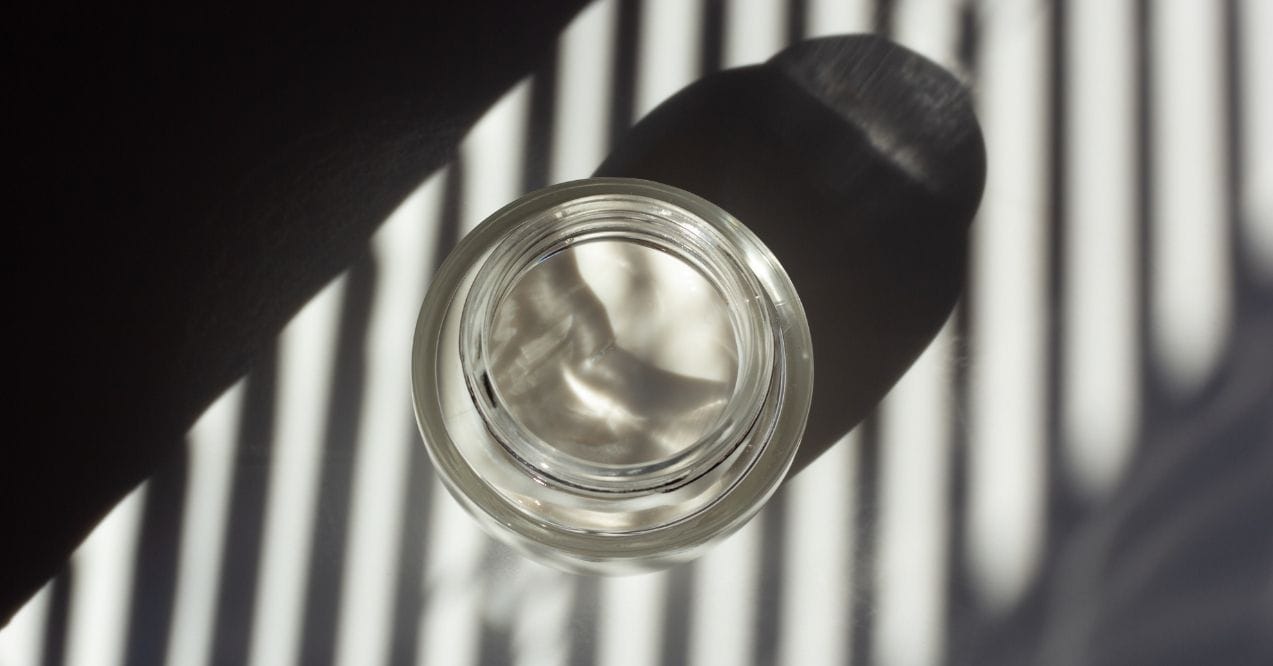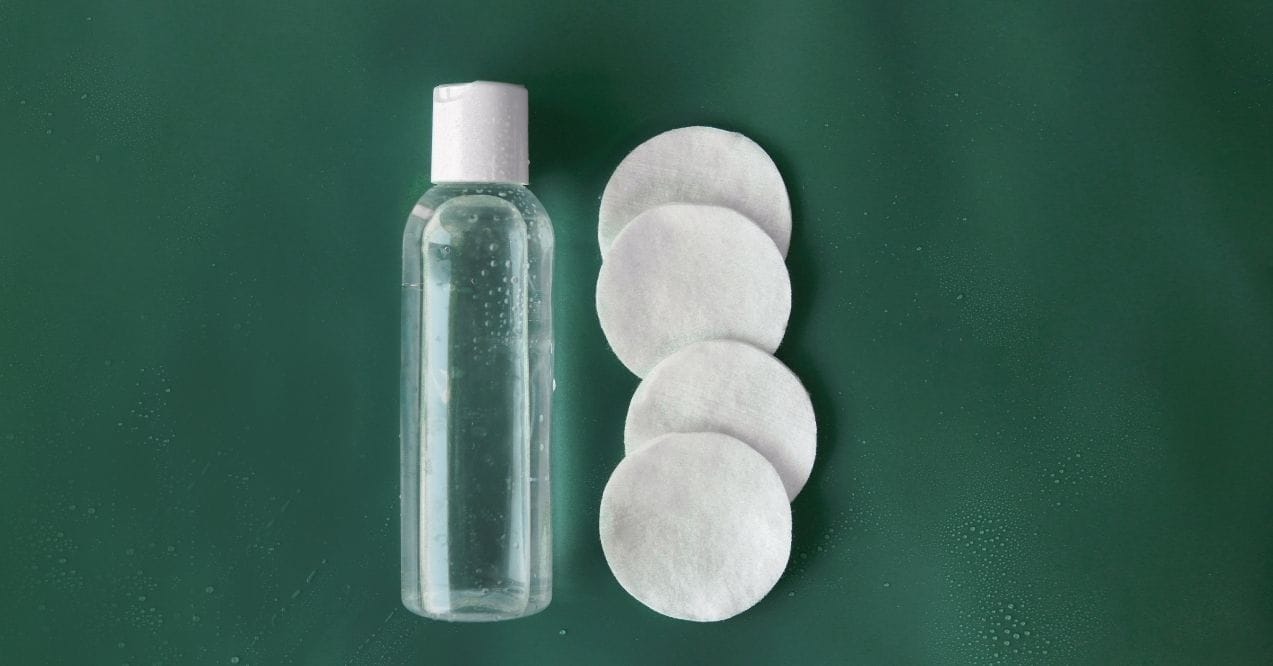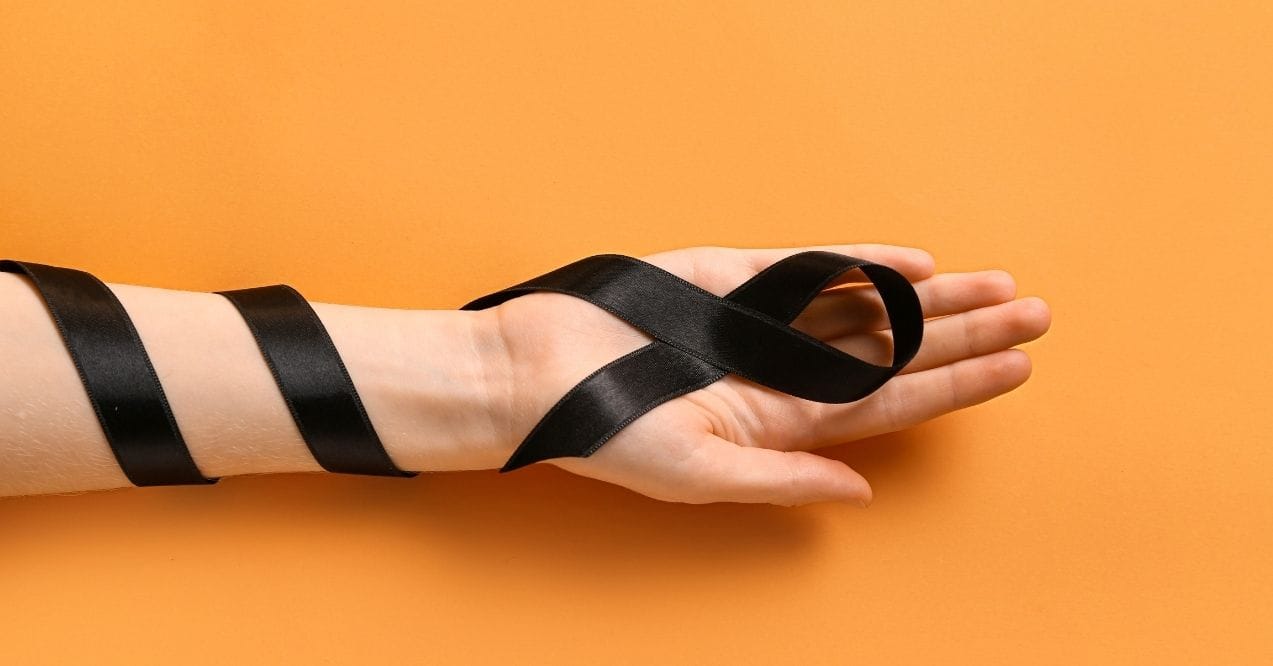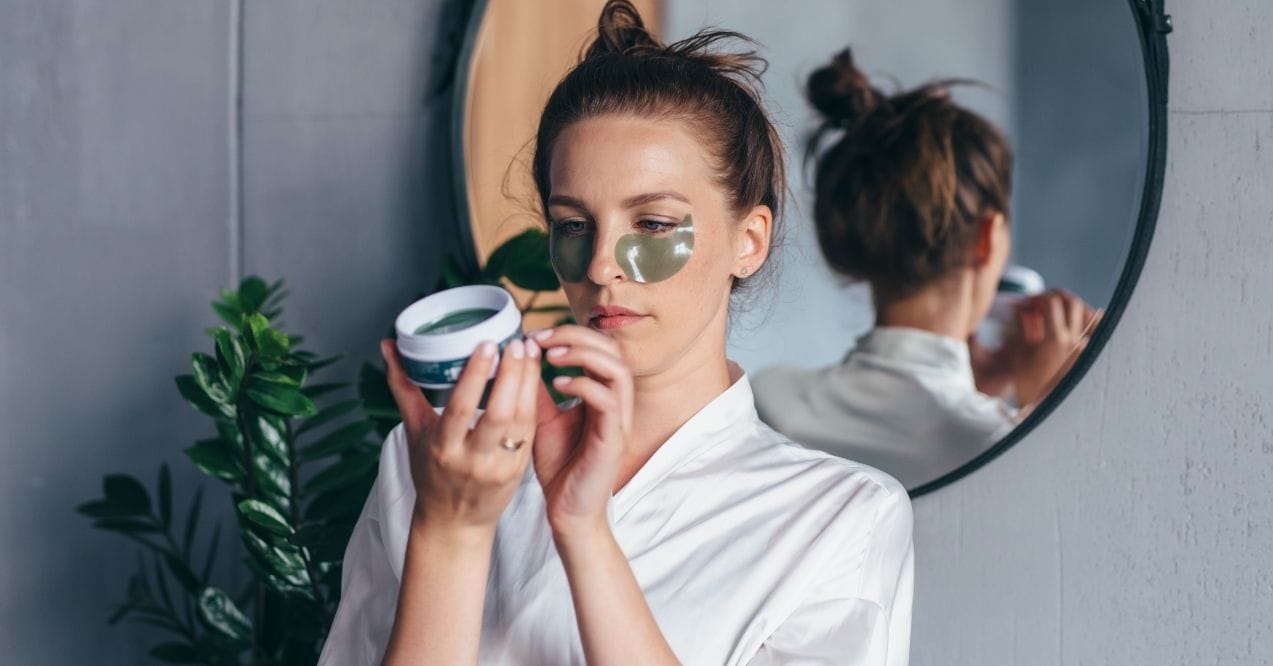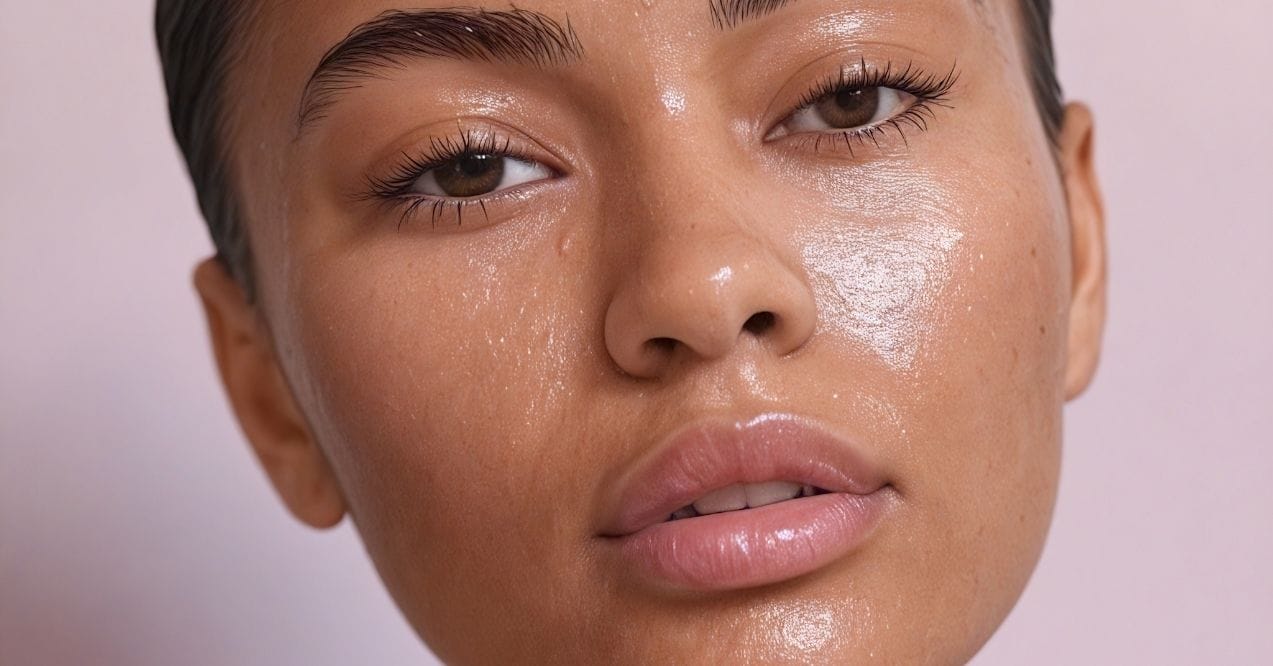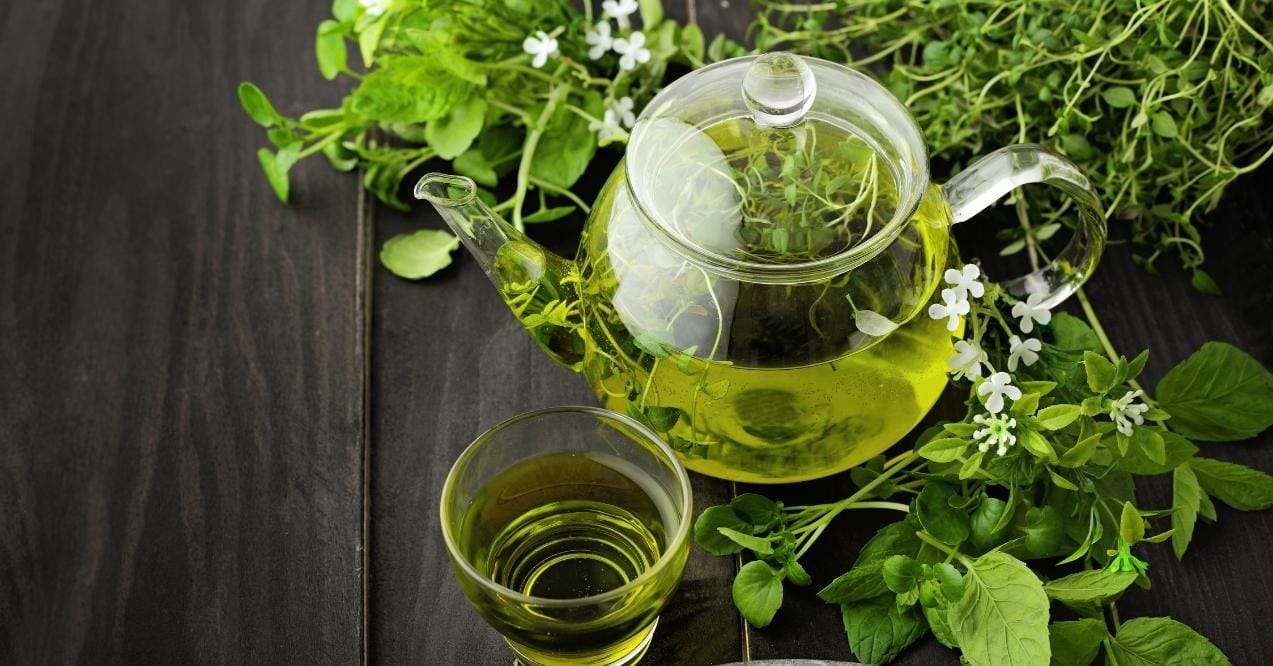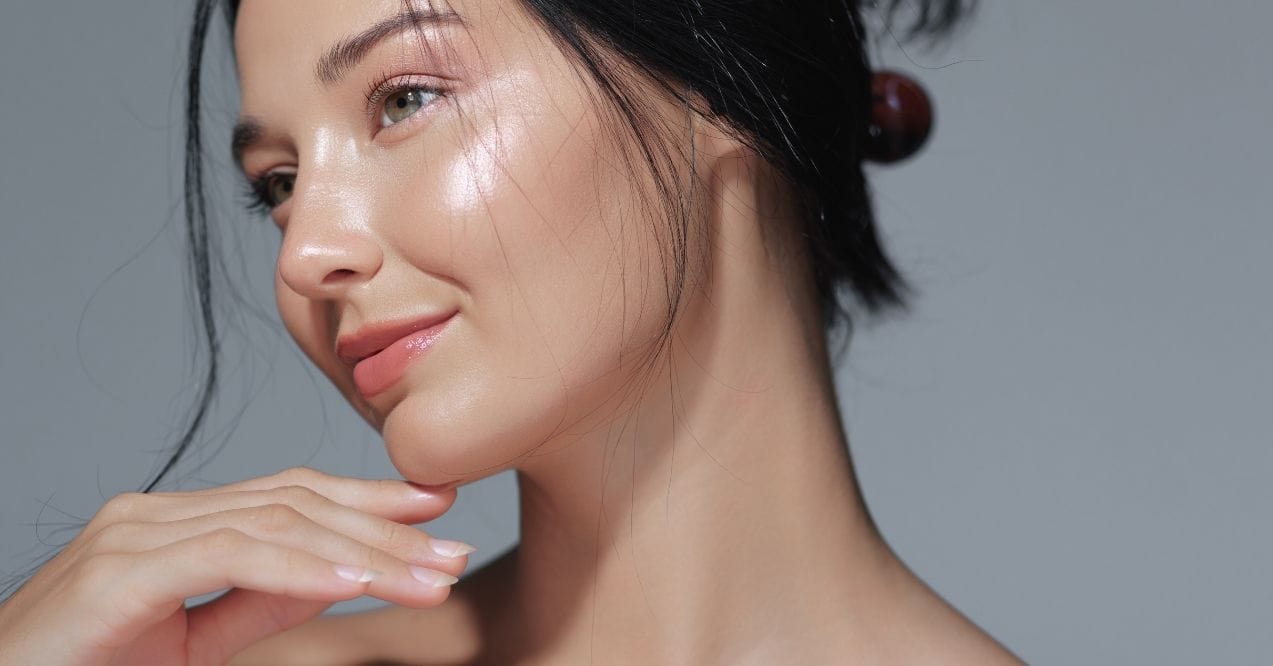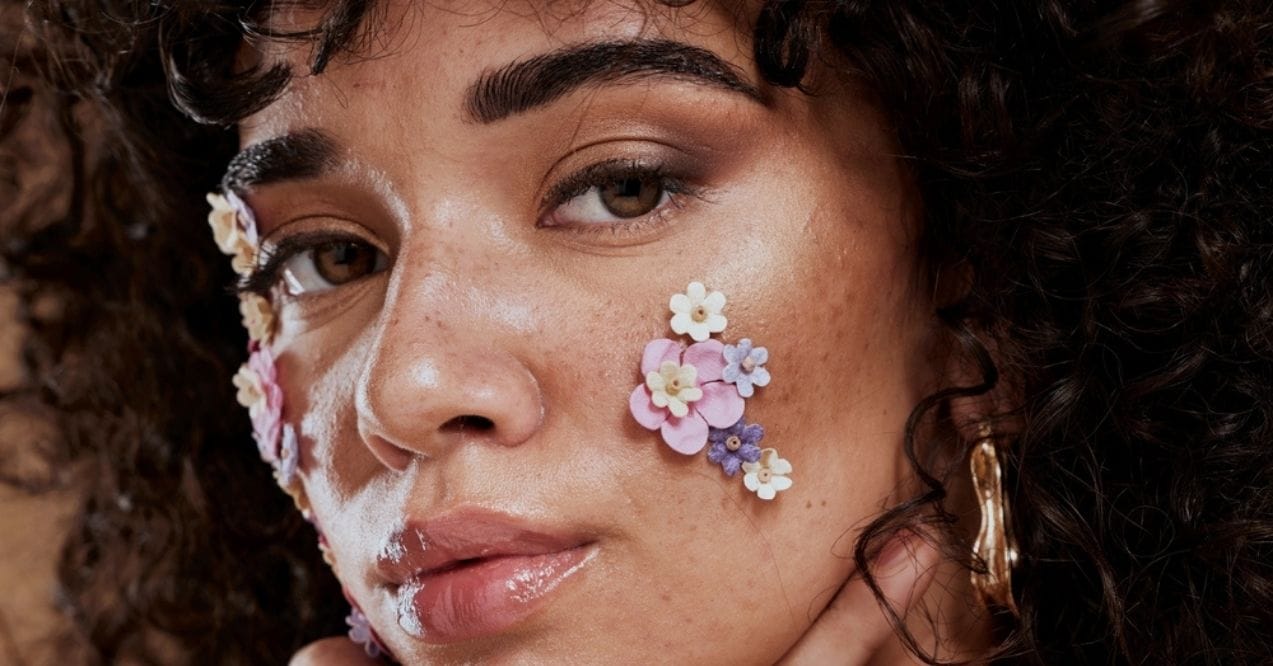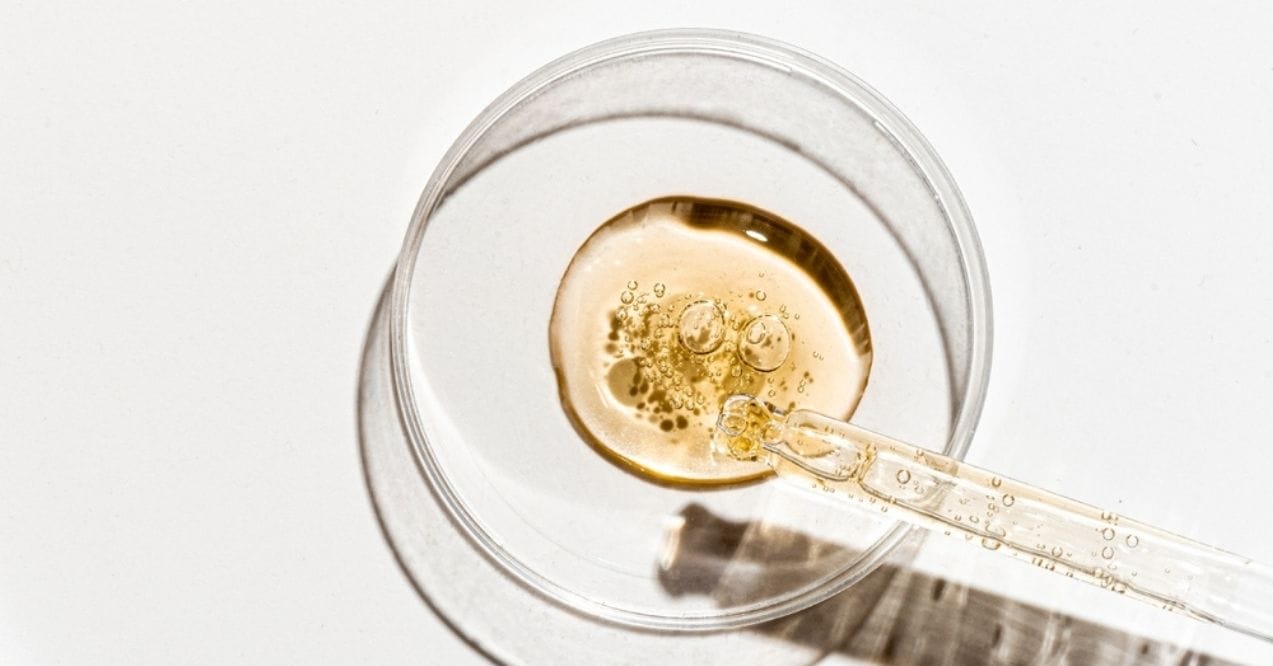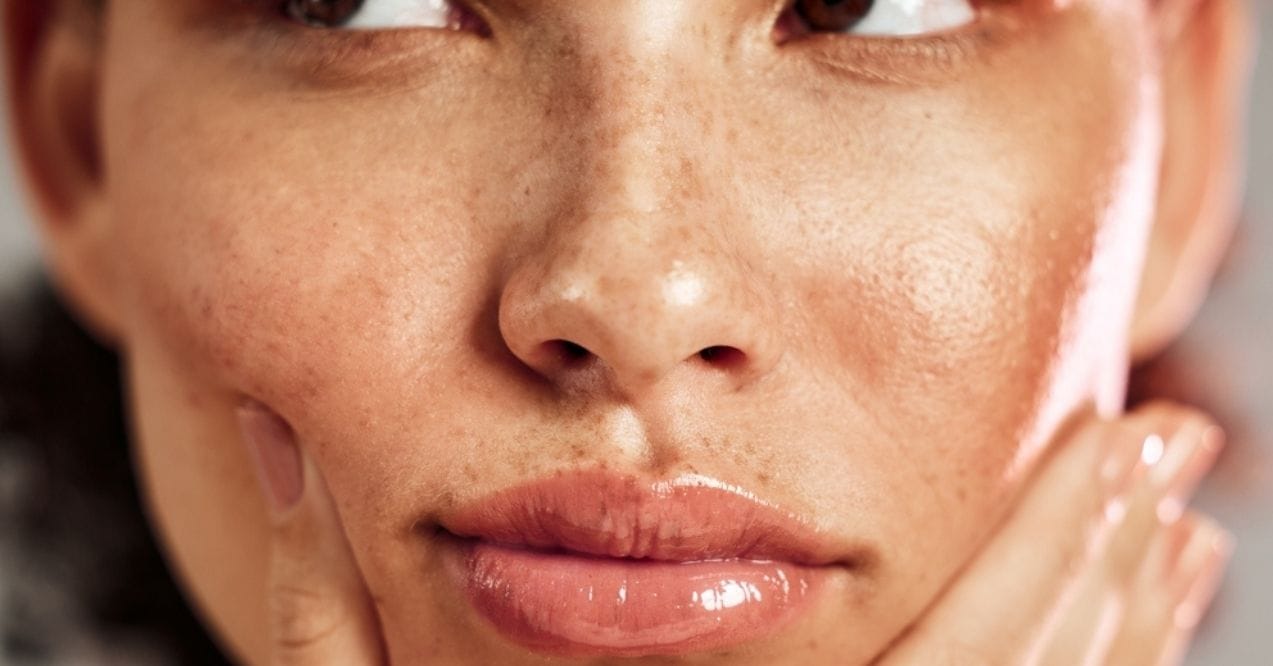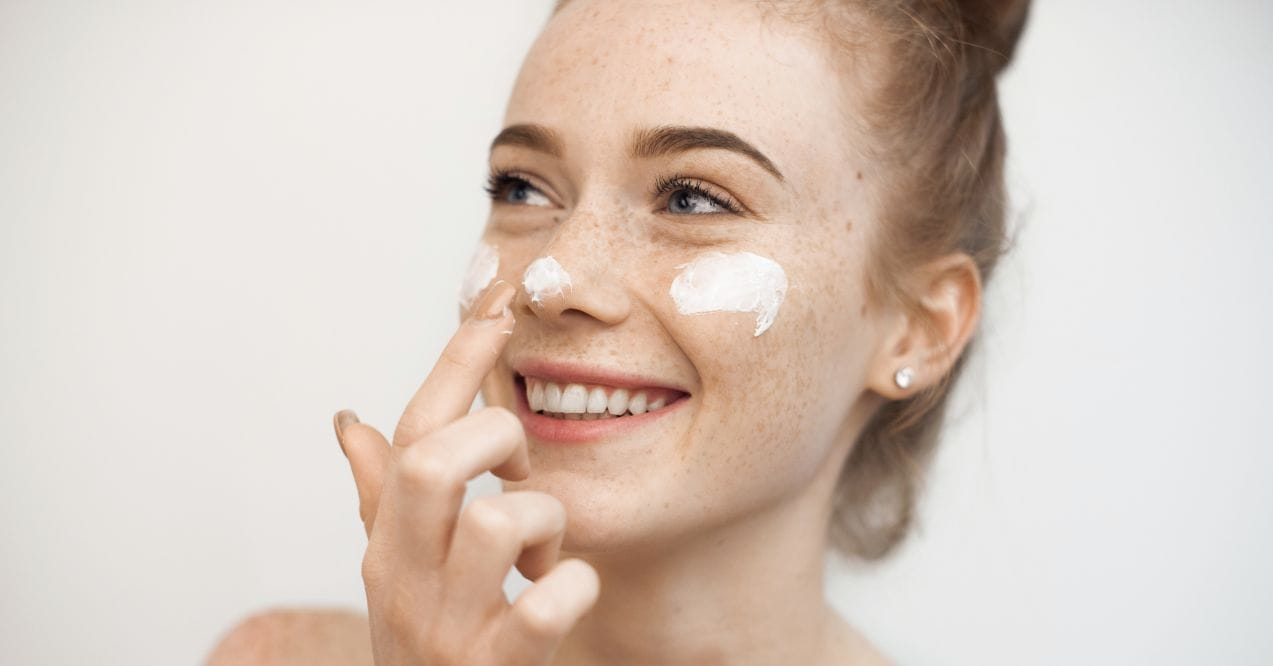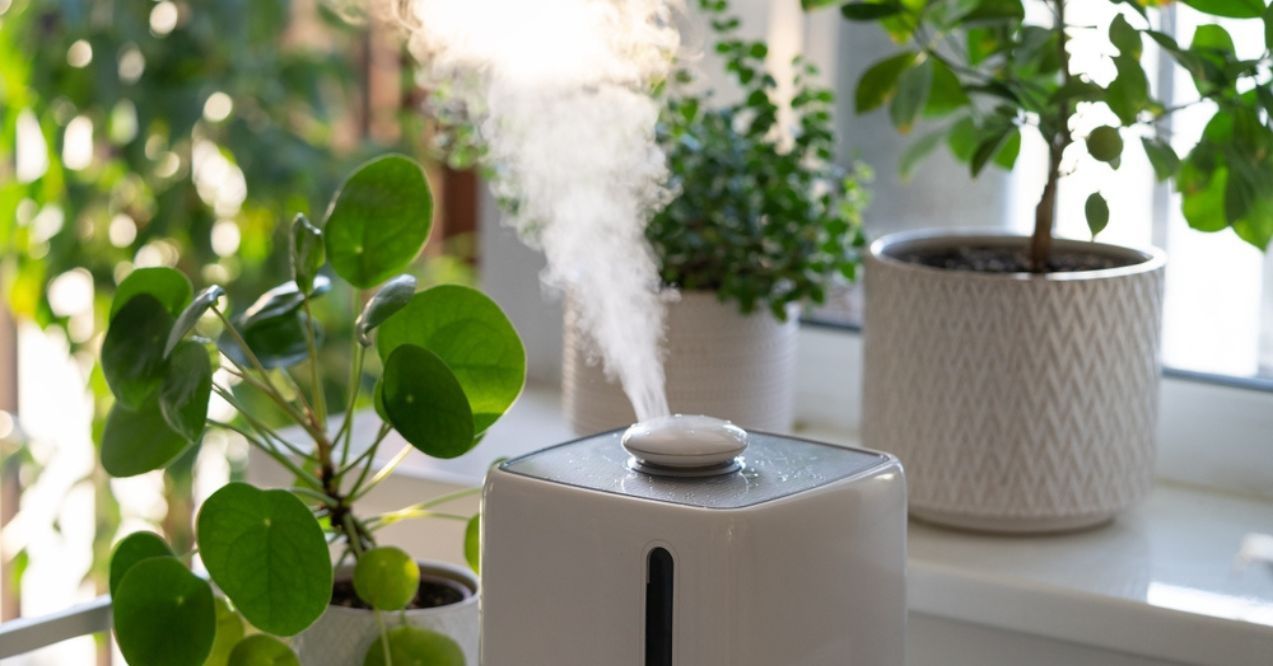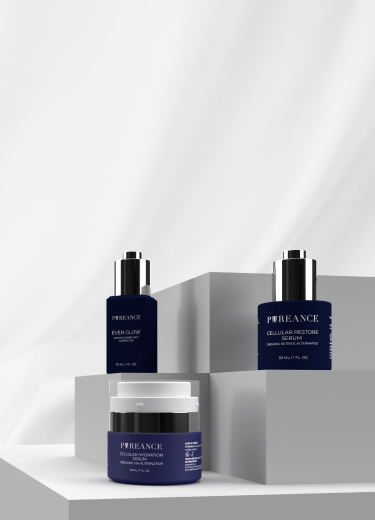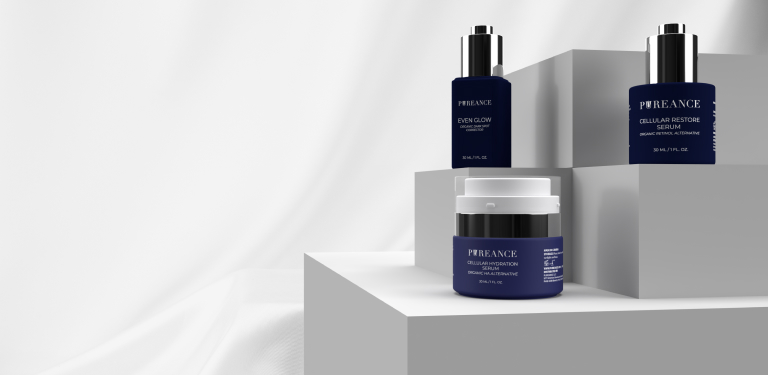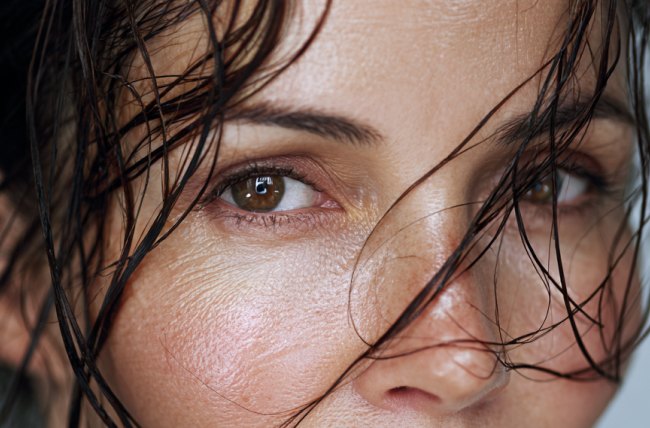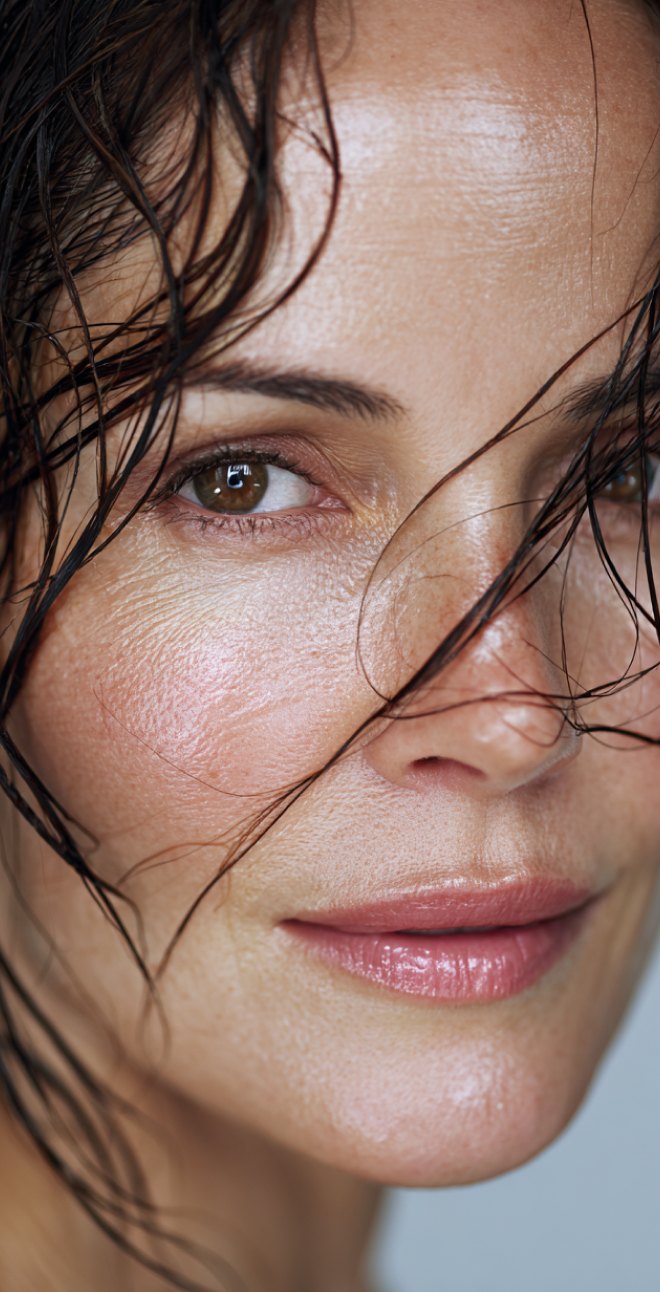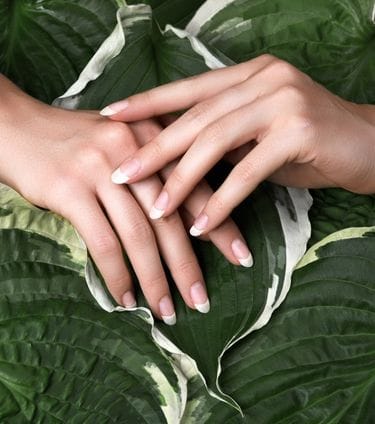
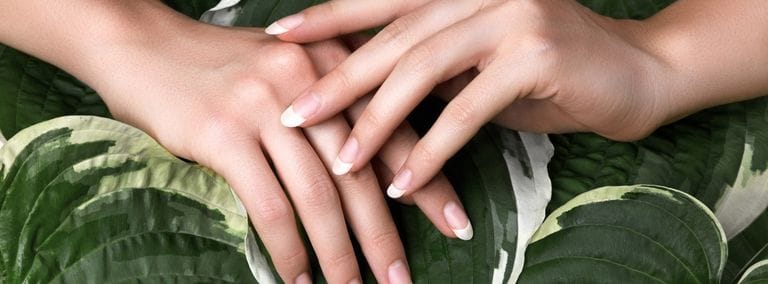

How to Strengthen the Nails: 11 Proven Tips
Weak nails that split, peel, or break can feel frustrating. If your nails aren’t as strong as before, it’s time to look at why. Learning how to strengthen the nails takes more than switching nail polish.
Your nail health shows what’s happening inside and outside your body. Food choices and daily habits both matter. This guide covers practical changes that may help rebuild strength.
You might deal with brittleness, peeling edges, or nails that snap easily. Some tips focus on nutrition and hydration. Others address habits that work against you. Let’s explore what actually works.
Key Article Findings
- Nail weakness often comes from age changes, environmental stress, and nutritional gaps.
- Strengthening fingernails needs internal help (hydration, nutrients) and external care (gentle habits, moisturizing).
- Daily habits like wearing gloves and moisturizing cuticles can make a difference.
- Supplements and diet changes may help nail health over several months.
Why Your Nails May Feel Weak or Break Easily
Before jumping into solutions, it helps to know the cause. Nails don’t just become weak overnight. Several factors work together to strip away natural strength.
Age-Related Nail Changes
As we get older, bodies produce less keratin. This protein forms the structure of nails. Blood flow to fingers may also slow down.
Fewer nutrients reach the nail bed over time. Moisture retention naturally decreases too. This leaves nails more prone to dryness and cracking.
Hormonal shifts can play a role as well. Changes in estrogen may affect how bodies hold onto oils. These oils keep nails flexible and strong. Your nails aren’t doomed, but care routines need updating.
Environmental & Habitual Stressors
Your daily routine might be tough on your nails. Washing hands frequently strips away natural oils. This happens especially with harsh soaps.
Hot water opens up the nail plate structure. Moisture escapes easily once your hands dry. Cleaning products contain chemicals that weaken nails over time.
Gardening without gloves exposes nails to dirt and rough surfaces. Cold, dry winter air pulls moisture from cuticles. Polish and gel manicures add another layer of stress. The removal process can be rough on weak and brittle nails.
Nutritional Deficiencies
What you eat directly affects nail strength. Without enough protein, your body can’t build keratin efficiently. Iron deficiency may lead to thin nails that break easily.
Biotin, zinc, and vitamin E all help maintain nail health. Low levels might cause nails to become soft or peel. Dehydration shows up in nails too. They become brittle and prone to splitting.
Diet changes can address many nutritional gaps. Sometimes supplements help. It just takes consistency and patience.
How to Strengthen the Nails
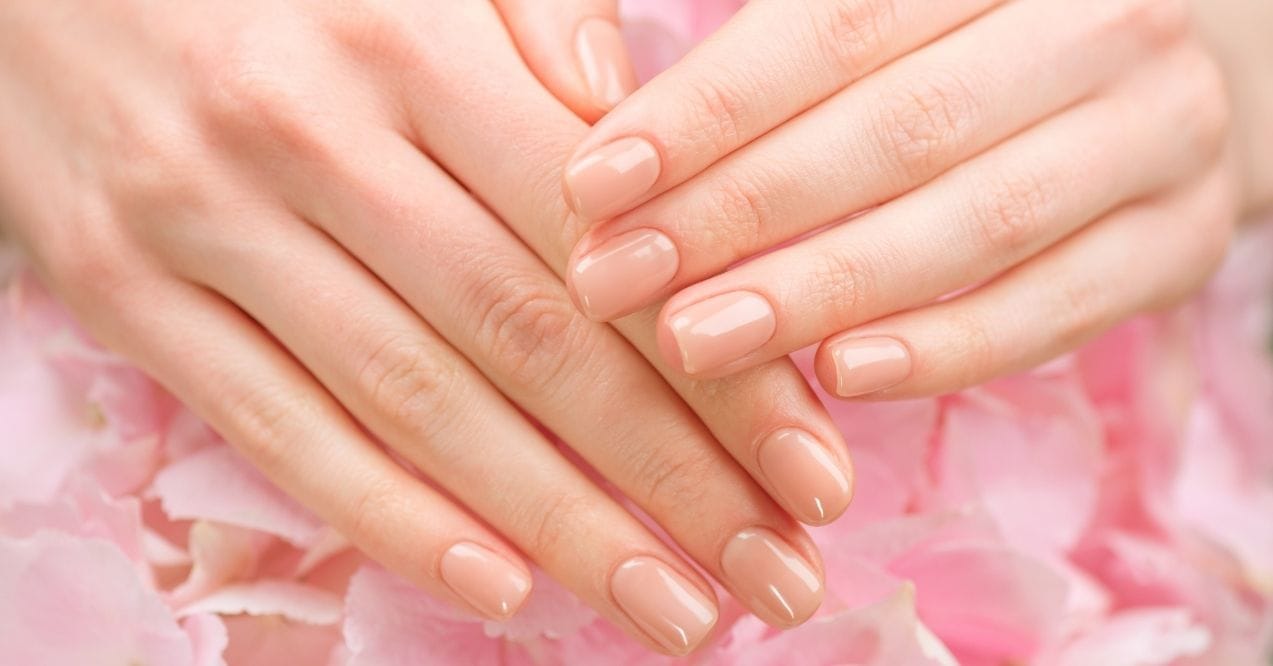
Now you know what works against your nails. Let’s talk about what can help. These 11 strategies cover everything from daily habits to nutrition.
1. Hydrate From the Inside Out
Drinking enough water keeps nail cells plump and flexible. Dehydrated nails become rigid and crack under pressure. Aim for water-rich foods too.
Try cucumbers, watermelon, and oranges throughout the day. Your cuticles need moisture just as much as nails. Well-hydrated cuticles create a better seal around each nail. This protects the growth area from bacteria and damage.
2. Eat Nutrient-Rich Foods for Nail Health
Strong fingernails vitamins include biotin, iron, and zinc. They work best when they come from whole foods. Eggs, almonds, and sweet potatoes offer biotin naturally.
Leafy greens, lentils, and lean meats provide iron and protein. Salmon and walnuts add omega-3 fatty acids. These may help stop dryness and brittleness.
Pumpkin seeds deliver zinc for cell growth and repair. Building meals around these ingredients helps nails grow stronger. Don’t expect overnight results though. Nail growth is slow.
3. Use a Glass Nail File
Traditional emery boards create tiny tears along nail edges. Their rough texture causes problems over time. These micro-tears can lead to splitting and peeling.
Glass files seal the nail edge as you file. File in one direction only. Move from the outer edge toward the center. Sawing back and forth weakens nail structure.
4. Keep Nails Short and Trimmed
Longer nails have more surface area to catch on things. They snap more easily under stress. Keeping them shorter reduces pressure on the nail plate.
Short nails also require less maintenance overall. Polish chips less and tips don’t snag on clothing. If you want to strengthen weak nails, shorter length helps. They get space to rebuild without constant trauma.
5. Moisturize Cuticles Daily
Your cuticles form a protective barrier around each nail base. Dry, cracked cuticles break down this barrier. This leaves the nail bed vulnerable to damage.
Jojoba oil mimics your skin’s natural oils. It absorbs quickly without greasiness. Almond oil and coconut oil work well too.
Apply a small amount at night. Massage it into the cuticle and around the nail. This simple habit may help stop peeling. Dry cuticles also make nails look rough and unkempt.
6. Wear Gloves When Cleaning or Washing Dishes
Water and cleaning products damage nails the most. Even mild dish soap strips away protective oils. Hot water makes the problem worse.
Rubber or vinyl gloves create a barrier between hands and stress. Keep a pair under your sink. Make it a habit to wear them before cleaning. Your nails will stay stronger.
7. Take Breaks From Polish and Gel Manicures
Polish looks good, but nails need time to breathe. Constant coverage, especially with gel, blocks moisture and oxygen. This may lead to yellowing, thinning, or weakness.
Try going polish-free for at least a week monthly. Use that time to focus on moisturizing treatments. When you do wear polish, choose formulas without harsh chemicals. Avoid formaldehyde and toluene.
8. Apply a Strengthening Treatment
Products with keratin, calcium, or silk proteins can help. Look for treatments that penetrate the nail plate. They work better than products that just coat the surface.
Apply them according to package directions. Usually this means daily or every few days. These treatments work best with good nutrition and gentle care. Consistency matters more than the specific brand.
9. Avoid Acetone-Based Removers
Acetone removes polish quickly but dries nails intensely. It strips away natural oils that keep nails flexible. This may leave them brittle and prone to peeling.
Acetone-free removers take more effort to use. They’re much gentler though. Look for removers with vitamin E or aloe. Even with gentler formulas, limit how often you remove polish.
10. Don’t Use Your Nails as Tools
Opening packages or scraping off stickers stresses your nails. Even if they don’t break immediately, these actions create tiny fractures. Small cracks eventually lead to bigger splits.
Keep scissors, letter openers, or keys handy instead. It might feel inconvenient at first. This saves your nails from hidden damage though. If you make your nails stronger through care, don’t undo progress.
11. Try Biotin or Collagen Supplements (Cautiously)
Supplements can help fill nutritional gaps. They’re not instant fixes though. If you try supplements, give them three to four months. Nails grow slowly, so patience is key. Biotin and collagen are commonly recommended for nail health.
Biotin may support keratin production, while collagen supplies amino acids that help build nail structure. Results vary based on individual needs, and visible changes usually take several months to show.
Looking to support nail integrity? Explore Pureance’s Hair, Skin & Nails supplements with biotin to support healthy keratin and collagen to provide amino acids that contribute to nail structure.
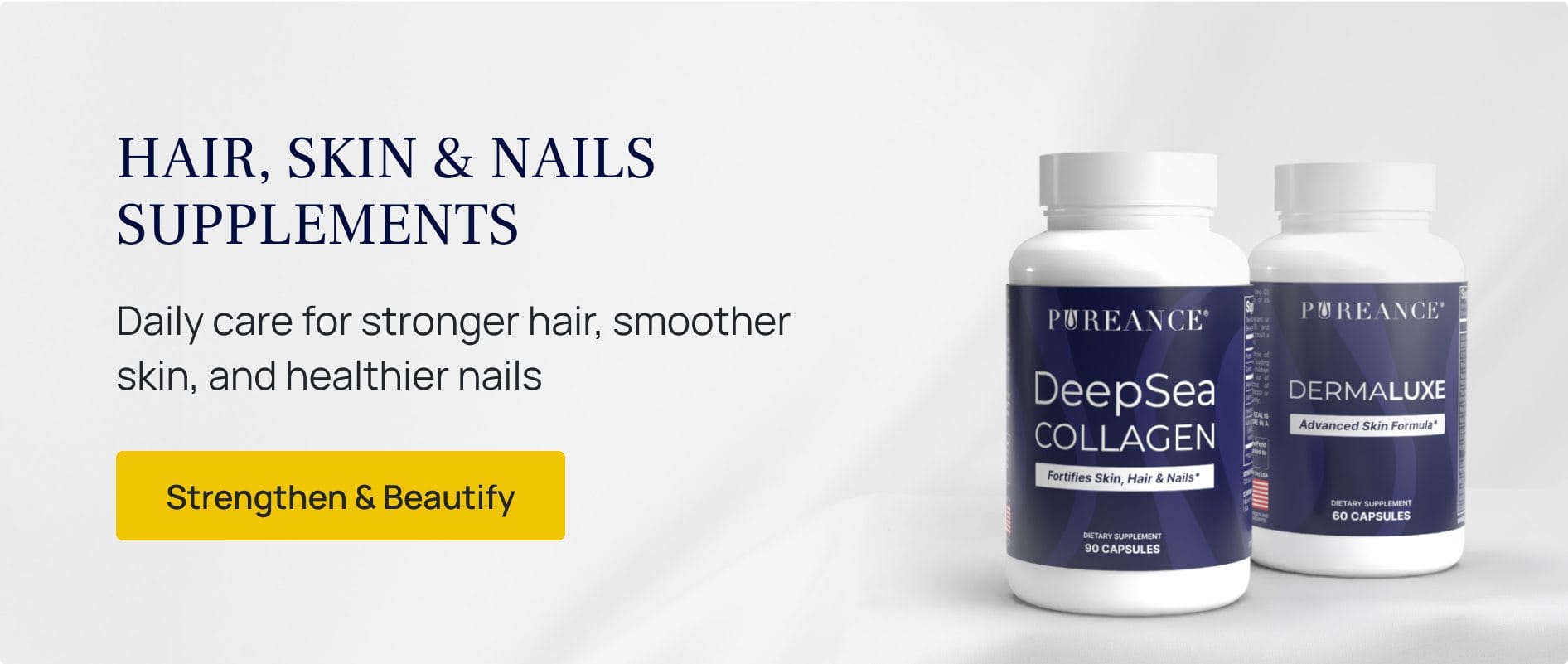
Lifestyle Shifts for Stronger Nails Long-Term
Building a simple daily ritual can make all the difference. After washing hands, apply a rich hand cream. Include your nails and cuticles in this step.
At night, massage cuticle oil into each nail base. In winter, switch to thicker creams. Cold air and indoor heating both drain moisture rapidly. Wearing gloves outdoors helps protect nails from harsh conditions.
Summer calls for lighter hydration. Don’t skip it altogether though. UV exposure can weaken nails like it damages skin. Consider using hand cream with SPF outdoors.
What to Avoid If You Have Weak or Brittle Nails
Over-Washing or Sanitizing Hands – Alcohol-based sanitizers dry out nails quickly. If you use them frequently, follow up with hand cream. The more you wash, the more moisturizing you need.
Using Nails to Pick or Peel – This habit weakens the tips. It creates rough edges that catch on everything. It’s tempting when you notice a hangnail. Resist the urge and use proper tools instead.
Harsh Soaps and Sudsy Cleansers – Many hand soaps contain sulfates and fragrances. These strip natural oils from skin and nails. Switch to gentle, moisturizing formulas with neutral pH.
Conclusion
What makes your nails stronger involves internal nutrition and external care. Hydration, protein-rich foods, and protective habits all work together. How to strengthen your fingernails isn’t about one magic trick.
Be patient with the process. Nails grow about 3mm per month. Visible improvements take weeks or even months. Focus on consistency rather than perfection. Celebrate small wins along the way.
Nails grow slowly, typically 3mm per month. Visible improvements usually appear after 2-3 months of consistent care, nutrition, and protective habits.
Biotin is often recommended, but iron, zinc, and vitamin E also play roles. Whole foods provide these nutrients most effectively compared to isolated supplements.
Yes, with consistent care. Addressing nutritional gaps, protecting nails from damage, and moisturizing regularly may help rebuild strength over several months.
Age can reduce keratin production and circulation to the nail bed. This may make nails more prone to brittleness, but proper care can still improve their condition.
This site offers health, wellness, fitness and nutritional information and is designed for educational purposes only. You should not rely on this information as a substitute for, nor does it replace, professional medical advice, diagnosis, or treatment. If you have any concerns or questions about your health, you should always consult with a physician or other health-care professional. Do not disregard, avoid or delay obtaining medical or health related advice from your health-care professional because of something you may have read on this site. The use of any information provided on this site is solely at your own risk.
Nothing stated or posted on this site or available through any services are intended to be, and must not be taken to be, the practice of medical or counseling care. For purposes of this agreement, the practice of medicine and counseling includes, without limitation, psychiatry, psychology, psychotherapy, or providing health care treatment, instructions, diagnosis, prognosis or advice.
